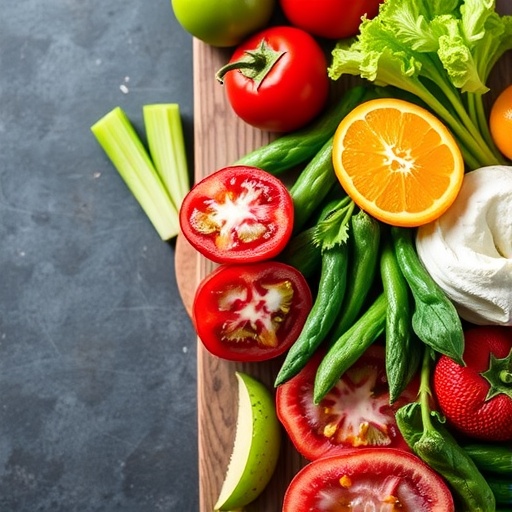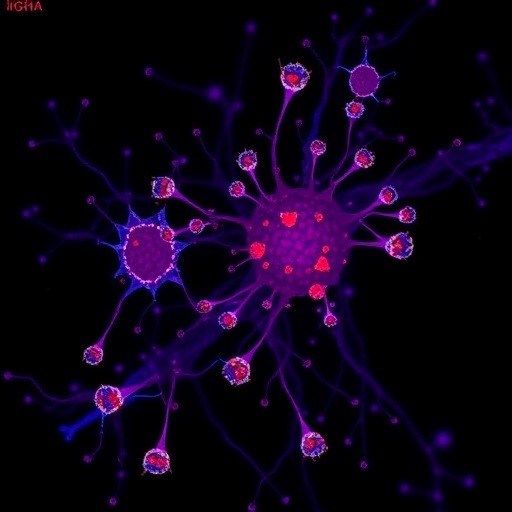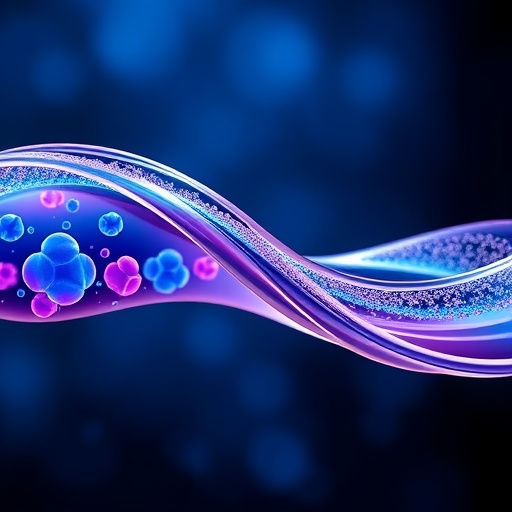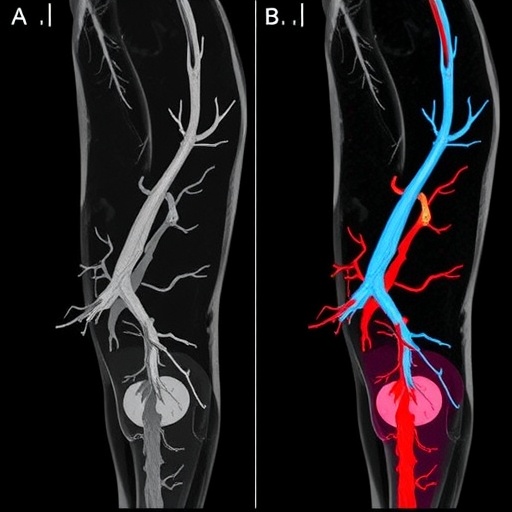PROTECT YOUR DNA WITH QUANTUM TECHNOLOGY
Orgo-Life the new way to the future Advertising by AdpathwayIn recent years, the quest for sustainable and efficient extraction methods in the food industry has gained significant prominence. One of the most intriguing advances in this domain is the microwave-assisted extraction of starch from litchi kernels, as detailed in a compelling research study published in 2025. The study, conducted by esteemed researchers Soni, Panesar, and Thakur, explores the physicochemical, morphological, structural, pasting, and thermal characteristics of the extracted starch, shedding light on its potential applications and benefits.
Litchi, a tropical fruit known for its sweet taste and unique flavor, has been a subject of interest not only for its consumable pulp but also for its often-overlooked inedible parts, particularly the kernel. Traditionally, the litchi kernel has been discarded as waste, but recent studies indicate that it can be a valuable source of starch, a component widely used in the food industry as a thickening agent and stabilizer. The research highlights how employing microwave-assisted extraction can revolutionize the way we utilize litchi by-products, transforming waste into a resource.
Microwave-assisted extraction stands out as a cutting-edge technology that offers several advantages over conventional methods. This innovative process utilizes microwave radiation to heat solvents, causing rapid diffusion of solutes. The result is an enhanced extraction rate, reduced solvent usage, and significantly less energy consumption. The study by Soni et al. demonstrates the efficiency of this method in isolating starch from litchi kernels, contributing to a more sustainable food processing approach.
The physicochemical characterization of the extracted starch reveals vital insights into its properties. It was observed that the starch exhibits favorable moisture absorption and swelling power, essential factors for its effectiveness in various food applications. These characteristics suggest that litchi kernel starch could serve as an alternative to other starches currently in use, potentially leading to reduced dependency on more common sources, such as corn or potato starch.
Moreover, the morphological analysis of the starch granules portrayed intriguing findings. Electron microscopy techniques employed in the study displayed the granular structure, highlighting the unique configuration of litchi kernel starch in comparison to other plant-based starches. These morphological traits can influence the thickening and gelling properties necessary for food processing, providing industry players with new options for product formulation.
The structural characterization of the starch further elucidates its potential applications. The researchers conducted various tests to understand the crystalline structure of the extracted starch. By employing X-ray diffraction, vital data regarding the degree of crystallinity was obtained. This information is crucial for gauging how the starch behaves under different cooking conditions, thus informing potential product applications in the culinary world.
Pasting properties were also assessed, providing critical data on the starch’s behavior during heating and cooling cycles. The study highlights specific viscometric behavior, with findings indicating that litchi kernel starch exhibits a lower pasting temperature compared to conventional starches. This lower viscosity profile not only enhances its suitability for various food formulations but also suggests an energy-saving advantage in cooking processes.
Thermal characterization further enhances our understanding of the functionality of litchi kernel starch. Utilizing differential scanning calorimetry, the researchers investigated the gelatinization temperature of the extracted starch. Such thermal properties are paramount for both food scientists and manufacturers, as they dictate how the starch will perform when subjected to heat—information that is vital for recipe development and industrial food production processes.
One of the standout implications of this research is the positive environmental impact associated with valorizing litchi waste. By developing effective extraction techniques, the study aligns with global sustainability goals aimed at minimizing food waste. This shift towards utilizing agricultural by-products not only helps in reducing landfill contributions but also enhances the economic viability of litchi farmers by providing them with a new revenue stream through value-added products.
Additionally, the health benefits associated with starch from litchi kernels present intriguing opportunities. Recent studies indicate that starch can play a role in dietary health, aiding in digestion due to its fiber content. As health-conscious consumers increasingly seek natural and functional ingredients, litchi kernel starch could cater to this demand, propelling interest in its commercial viability.
The potential culinary applications for litchi kernel starch are also noteworthy. Its unique flavor profile and functional attributes mean it can be seamlessly integrated into a variety of dishes, from sauces to baked goods. As chefs and food innovators continually search for novel ingredients to attract consumers’ attention, the incorporation of litchi kernel starch offers a promising avenue for creative culinary exploration.
The findings presented in this research hold significant implications for the food industry, especially within the realm of plant-based and eco-friendly products. As attention to sustainable practices in food production intensifies, it is paramount for industry stakeholders to embrace innovative approaches such as microwave-assisted extraction. The insights garnered from this study not only highlight the versatility of litchi kernel starch but also pave the way for further investigation into the utilization of lesser-known agricultural by-products.
In conclusion, the microwave-assisted extraction of starch from litchi kernels represents a groundbreaking advancement in food science, with the potential to transform waste into a valuable resource. Through the meticulous analysis of its physicochemical, morphological, structural, pasting, and thermal properties, the study by Soni, Panesar, and Thakur not only underscores the innovative extraction technique but also showcases the broader implications for sustainability and food innovation. As we move forward in the quest for a more sustainable food system, research like this will be critical in guiding future efforts toward minimizing waste and maximizing the benefits of our agricultural resources.
Subject of Research: Microwave-Assisted Extraction of Starch from Litchi Kernel
Article Title: Microwave-Assisted Extraction of Starch from Litchi Kernel and its Physicochemical, Morphological, Structural, Pasting and Thermal Characterization.
Article References:
Soni, J., Panesar, P.S. & Thakur, A. Microwave-Assisted Extraction of Starch from Litchi Kernel and its Physicochemical, Morphological, Structural, Pasting and Thermal Characterization.
Waste Biomass Valor (2025). https://doi.org/10.1007/s12649-025-03375-0
Image Credits: AI Generated
DOI: 10.1007/s12649-025-03375-0
Keywords: litchi, starch extraction, microwave-assisted, physicochemical properties, sustainability, food innovation
Tags: applications of litchi kernel starchfood industry thickening agentsinnovative extraction technologies in food sciencelitchi by-products utilizationlitchi kernel starch extractionmicrowave-assisted extraction of starchmorphological characteristics of starchphysicochemical properties of extracted starchstructural analysis of starch from litchisustainable extraction methods in food industrythermal properties of litchi starchwaste valorization in food production


 22 hours ago
8
22 hours ago
8





















 English (US) ·
English (US) ·  French (CA) ·
French (CA) ·